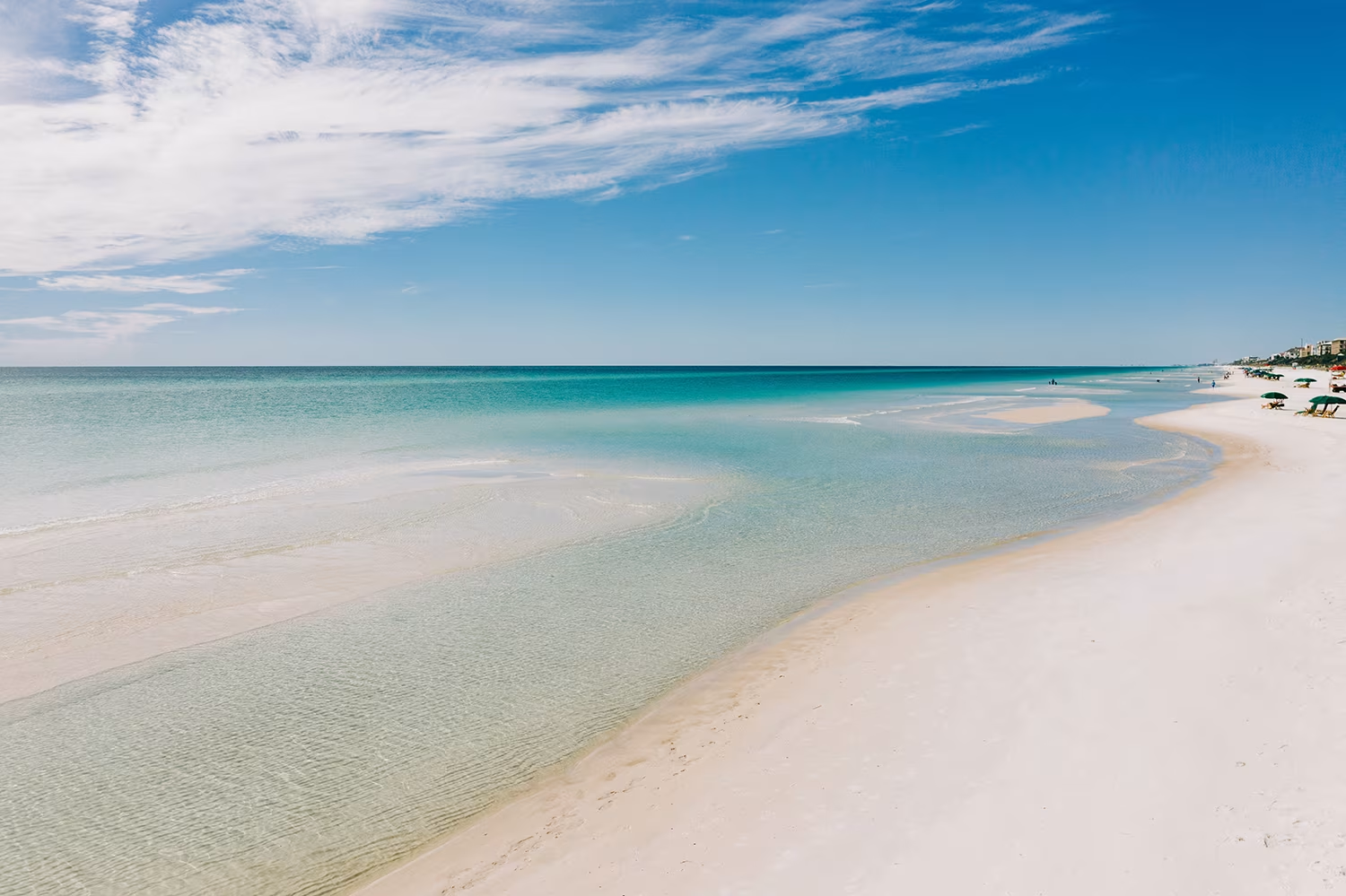1) You are not betting against climate change; you are investing with reinsurers.
For over a hundred years, reinsurers have adapted to trends and changes in risks. Reinsurers have built climate change effects into their pricing and underwriting — so climate-driven increases in risk have been reflected in increased premiums.1
2) Weather volatility and climate uncertainty are fuel for reinsurance premiums.
If disaster were predictable, insurers could simply budget for claims, and wouldn’t need reinsurers. As climate change introduces more uncertainty, we expect demand for reinsurance to grow, which can allow reinsurers to charger higher premiums.
3) Reinsurers acknowledge that climate change is increasing catastrophe risk.
The reinsurance industry has many hundreds of professionals studying the science of catastrophe risk. The current view is that climate change is increasing wildfire risk through hotter, drier summers. Reinsurers have raised premiums significantly in response. For hurricane risk and typhoon risk, there is no obvious long-term trend in hurricane activity or destructiveness.2 Having said that, the link between ocean temperatures and hurricanes is clear; reinsurers have been incorporating this into pricing since 2006.3 There is also scientific consensus that climate change could cause more floods and droughts. This is less relevant for the U.S. because the government covers most residential flood risk. However, in some other countries, like Japan, private insurers cover flood.
4) Reinsurers help victims rebuild stronger.
Reinsurers help to mitigate climate risks. First, reinsurers help people to rebuild after a natural disaster. Second, reinsurers provide incentives to build more resilient structures. For example, homeowners in wildfire-prone areas of northern California pay lower premiums if they build their homes out of concrete instead of wood.4 In this way, reinsurers are part of a free-market mechanism that ensures that people are taking risks into account when the build in harm’s way.
5) We have seen this movie before.
Most people remember Hurricane Katrina in 2005. Fewer remember Hurricanes Dennis, Rita and Wilma from that same year. Even fewer remember three hurricanes — Charley, Ivan, and Jeanne — the year before. Seven major hurricanes in two years. A Wall Street Journal headline from 2006 asked “Are Hurricanes Uninsurable?” People blamed climate change. Then there were zero major hurricanes for the next 11 years, the longest hurricane drought in recorded history. It was also the most profitable time for reinsurers in decades. Reinsurers know that most of the variability we have seen year-to-year is just random — that’s why they have stayed the course over time.






